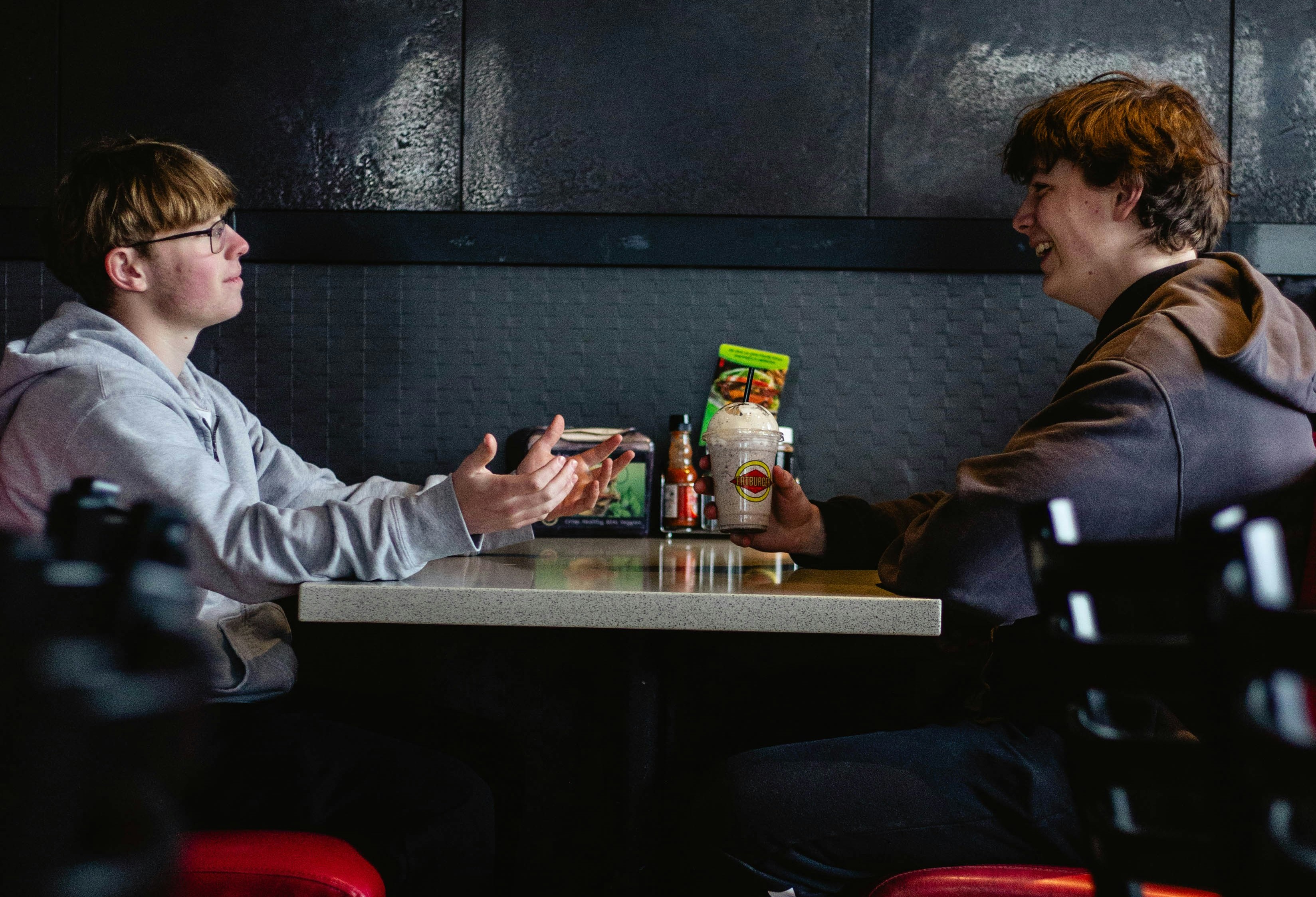

.jpeg)
1. Find yourself a space where you won’t be interrupted for at least 10-15 minutes Spend some time with your “No” and then zoom your awareness out, back into the space you’re in, and take a moment of stillness just to integrate what you learned.
2. Get comfortable in a position you can hold for this amount of time, where you feel safe, supported and cozy lose your eyes, and take a moment to feel for what’s underneath you, the support of the surface below you.
3. Tune into your breath, without trying to change anything, just noticing how your breath is flowing in your body in this moment. Now, recall a time when you really wanted something. This could be anything, a clothing item in a shop, a certain food, to travel somewhere, to visit a good friend, to kiss someone - just tune into an experience where you were feeling a lot of desire
4. As you hold this memory, notice what sensations are present in your body. What are you feeling? Is there heat in your chest? Tightening in your face muscles? Butterflies in your tummy? What sensations come with your desire? Ask yourself, what colour is my desire? What texture is it? What shape? What temperature? Get super clear on how desire feels for you, really detailed and descriptive.
5. Stay with this experience for a while, mapping everything you notice in your body. Now, recall a time when you really did not want something, when you immediately knew something wasn’t right for you. Maybe it was a certain food, or a kiss from someone, or going to a certain event, or a sweater your grandma got you for Christmas. Whatever comes to mind, just let it come, an experience of really not wanting.
6. Do the same sensation mapping you did with your wanting before, get curious about all the sensations that come with this not wanting. Where do you feel it in your body? What temperature, colour, texture, shapes, feelings, are present? What does it look like, sound like, feel like? Get super clear on how your “No” feels in your body, your not wanting experience, and sit with it for a while.
When we really think about it, we all know what wanting and not wanting feel like in our bodies, and this information is crucial in the experience of giving consent, both to other people and with ourselves.

When we’re thinking about consent with ourselves, this process looks similar,

but rather, decisions that are based on what feels right for us. We have consent with ourselves when our whole body is on board for what we’re doing, rather than rationalizing our way into doing things because our head stell us we should.
Whether this means it’s an immediate yes or no, or we need some more information on the thing before we answer, we need to give ourselves time and space to check in with our bodies in order for consent to be consent.
We have to fully be on board.
Written by Taylor Neal
Embodied Counsellor and Trainee Sexologist